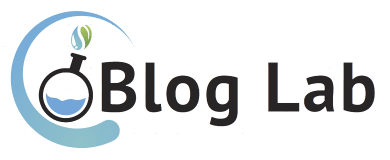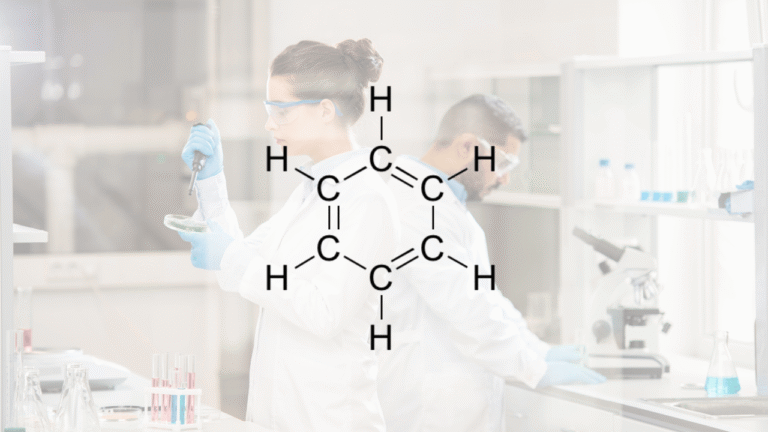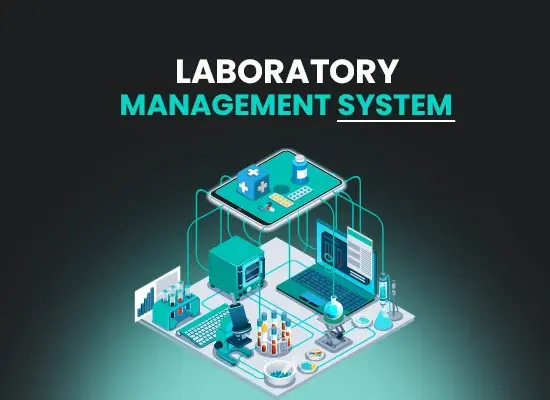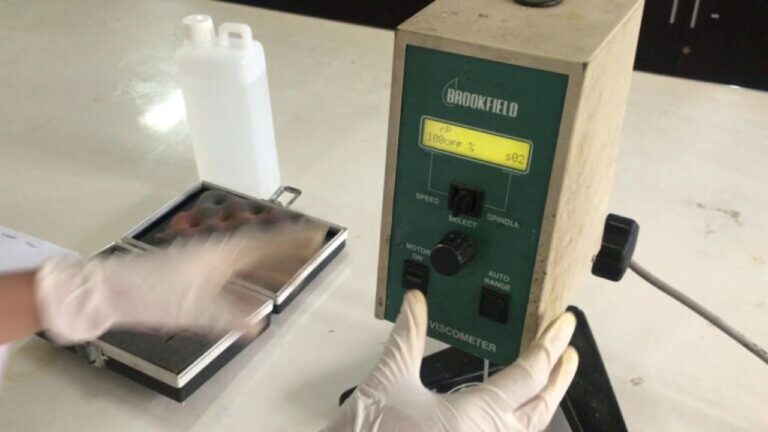The tools of the Functions Lab.
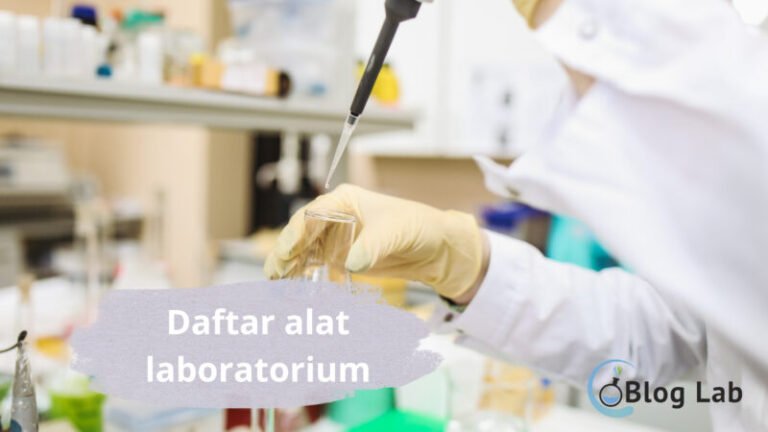
In the following article here Admin Blog Lab will introduce some sort of laboratory tool that is usually found in labs. Here are some lab tools and their function:
1. Pipet
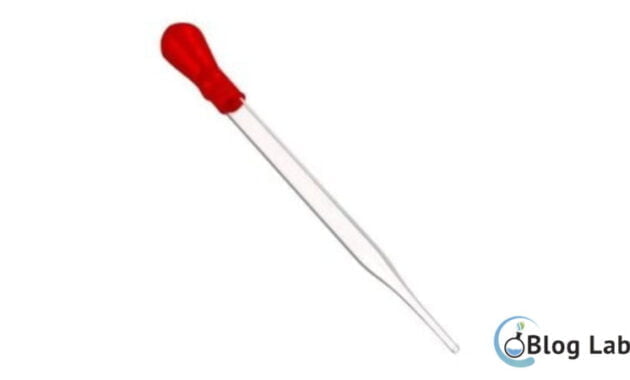
Pipet is a laboratory tool used to measure the volume of the liquid precisely. There's some kind of picket, including:
- Pipet drops: used to measure the volume of a very small liquid, usually on a drop scale.
- Measure pipes: used to measure the volume of liquid in a milliliter scale or a liter.
- The volume of the pipeline: used to measure the volume of the liquid with a high accuracy rate, usually used in chemical analysis.
The way to use a drip pipe is by siphoning a liquid that will be measured into a pipe with a mouth or by using mechanical pumps. And then, the liquid is released by the flex of the finger at the tip of the trigger.
The measurement and volume pellets can be used in the same way, which is by sucking the fluid into the pipe and putting it out on the desired volume. However, the volume pipeline can be read directly on the scale on that pellet, while the quantile should be read using a tool like measuring using a microphone.
2. Centrifuge

Centrifuge It's a lab device used to separate zats with different kinds of weight by centrifugating. Centrifugation is a segregation process that uses centrifugal force to separate different substances based on the weight of its kind.
There are some kinds of centrifuge, including:
- Centrifuge centrifuge: used to separate matter from fluid, such as the serum separation from blood.
- Centrifuge ultracentrifuge: used to separate tiny particles, such as proteins or lipoproteins.
- Microcentrifuge: used to separate zats from very small samples, such as DNA samples or RNA samples.
In the centrifugation process, the sample was placed in a container called the rotor, which was then rotated at a high speed. The centrifugal force generated by the rotor will create different kinds of strands, moving to different positions in the rotors.
Separation generated from centrifugation can be used for various analyses such as purification of proteins, cell isolation, and split factions.
3. The microscope

The microscope It's a laboratory tool used to zoom in on very small objects. The microscope consists of lenses used to zoom in on images, as well as mechanisms to regulate focus and light.
There's some kind of microscope, including:
- Light microscope: used to enlarge images of zat@@
- electron microscopes: used to zoom in very small images of zat@@
- Fluorescence microscopes: used to see zat@@
The light microscope consists of two major lenses, which are objective lenses and ocular lenses. Objective lenses are used to zoom in on samples and ocular lenses are used to zoom in on images from objective lenses.
The electron microscope works by lighting samples with electrons that move with high voltage and electron lenses that are used to zoom in on the images of samples generated by electron interactions with atoms from samples. These microscopes zoom in on the sample image a lot higher than the light microscope.
The fluorescence microscope works by lighting the samples with a certain wavelength of light, which can only be seen by zatIt allows to see very small substances in very bright environments.
Four. Bunsen burner
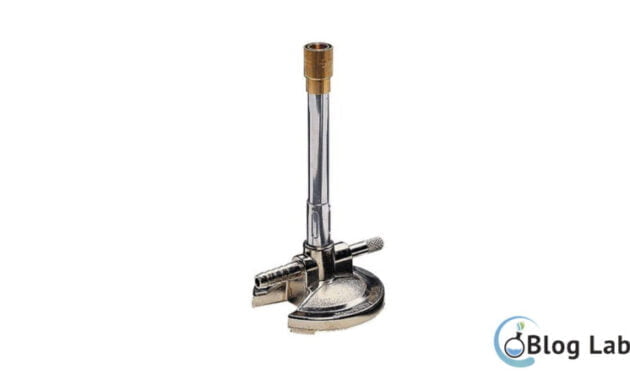
Bunsen burner is a laboratory tool used to produce fire used in heating or sterilization. Bunsen burner consists of a tube that produces gas (usually propane or gas butane) which is burned to produce fire.
Bunsen burner has gas control and air control that allows it to regulate the amount of gas and air used in the burning process. It allows it to regulate the power of fire and its desired temperature.
Bunsen burner is used in various laboratory processes, such as sterilization of tools, prematurely made, and chemical zat- heating. Bunsen burner was also used to warm up the fluid and to turn on the gas.
In the use of Bunsen burner, it's important to be careful and pay attention to proper safety procedures, because fire can be very dangerous if it's not used correctly.
5. Measure glass
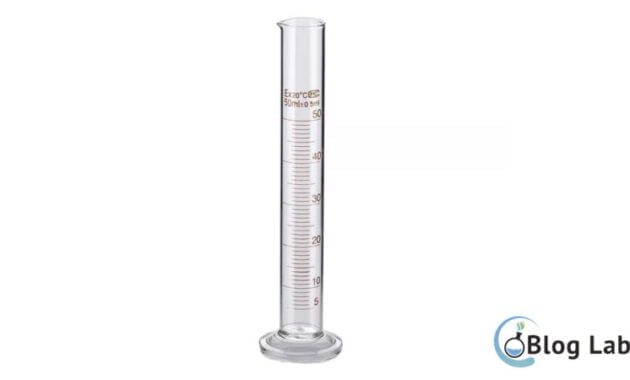
Measure glass is a laboratory tool used to measure the volume of the liquid precisely. The measuring glass is made of glass or plastic transparent and has a scale on the inside or outside to measure the volume.
Measure glass can be used to measure the volume of liquid with a high accuracy level, especially used in chemical analysis. The measuring glass has a clear and precise scale that allows it to measure the volume of the fluid with precision and ease.
Some types of measuring glasses used in the lab are:
- A graduation measure glass: a measuring glass that has scales on glass walls that can be used to measure the volume of liquid.
- The volume is precise and used in chemical analysis.
- Chemical measure glass: a measurement glass used in chemical analysis that has the right scale and the right volume.
In the use of measuring glasses, it's important to measure the volume of the fluid correctly and pay attention to the scale used. It's also important to clear the measuring glass properly before and after being used to ensure measurement accuracy.
Six. Glass watch

Glass watch It's a laboratory device used to measure time's chemical reactions. A watch made up of a circular glass that had scales on its surface. Glass watches are used together with timer or stopwatch to measure the time reaction chemistry.
Glass watches are used in various laboratory processes, such as measuring the time reaction of chemistry, measuring the rate of detection, and measuring the rate of prelim creation. Glass watches are used to measure the time it takes for a chemical reaction to occur or measure the time it takes for a chemical reaction to reach the desired level.
Glass watches are used by way of putting samples on it and taking down the time when the chemical reactions begin and the time when the chemical reactions are finished. Then, the difference between the two times is used to determine the time of the chemical reaction.
In the use of glass watches are essential to making sure that the glass watches are clean and free of contaminant before being used to ensure measurement accuracy.
Seven. Reaction tube
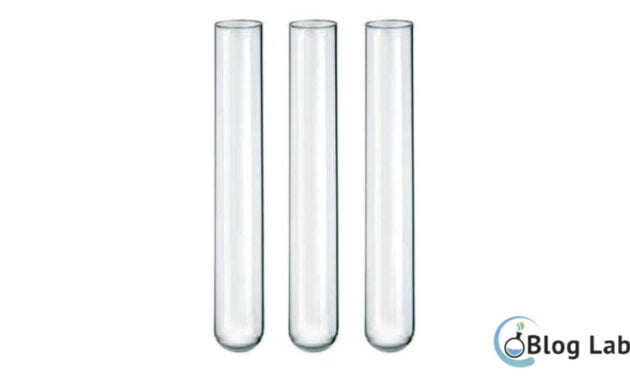
Tabung reaksi It's a lab tool used to mix, measure, and compress chemicals or to do chemical reactions. The reaction tube is made of transparent glass or plastic and has a lid that can be used to control the pressure and temperature in the tube.
Reaction tubes are used in various laboratory processes, such as mixing chemicals, doing chemical reactions, and controlling solid zats. The reaction tube is also used in sterilization.
Reaction tubes can be used with different techniques, such as mixing with spatulas, mixing with tremor, or mixing with mixer. The reaction tubes can also be used with different kinds of chemical reactions, such as chemical warming, cooling chemical reactions, and chemical reactions with stirring.
In the use of test tubes, it's important to ensure that the test tube is clean and free of contaminants before being used to ensure measurement accuracy. It's also important to pay attention to the proper safety procedures when handling dangerous chemicals.
Eight. Beaker
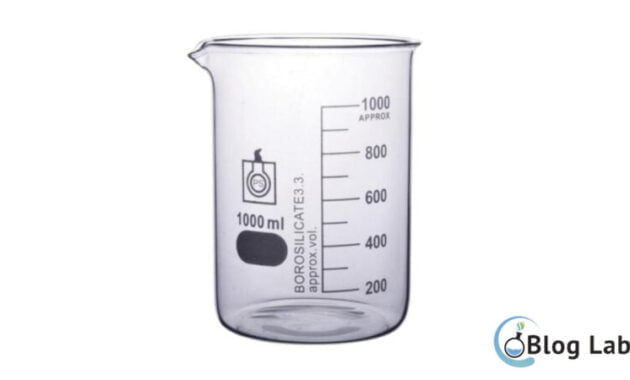
Beaker It's a lab tool used to mix, measure, and boil chemicals. Beaker is made of glass or plastic transparent and has the scale on its wall to measure the volume. Beaker also has a lid that can be used to control the pressure and temperature in the beaker.
Beaker is used in various laboratory processes, such as mixing zat- chemicals, boiling zat- chemicals, and measuring the volume of fluid. Beaker was also used in the warming process with Bunsen burner.
Beaker can be used with all sorts of techniques, such as mixing with spatulas, mixing with shaking, or mixing with mixer. Beaker can also be used with different kinds of chemical reactions, such as warm chemical reactions, cooling chemistry reactions, and chemical reactions with stiffs.
In the use of beakers, it's important to make sure that Beaker is clean and free of contaminant before being used to ensure measurement accuracy. It's also important to pay attention to the proper safety procedures when handling dangerous chemicals.
Nine. Spatula
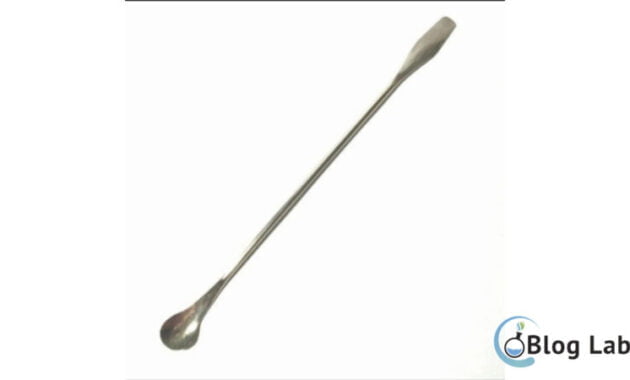
Spatula It's a lab tool used to take, mix, and transfer chemicals. Spatula is made of metal or plastic that can withstand heat and chemical resistance. Spatula has a wide and flat edge that's used to take chemical zats, and a narrow and sharp edge that's used to move the zats.
Spatula is used in various laboratory processes, such as taking chemical zats from containers, mixing chemicals, and transferring zat- chemicals into tubes of reaction or beaker. Spatula is also used in the process of measuring zat@@
Spatula can be used with all sorts of techniques, like mixing by shaking, or mixing with mixer. Spatula can also be used with all kinds of chemical reactions, such as chemical warming, cooling chemical reactions, and chemical reactions with stirring.
In the use of spatula, it's important to make sure that the spatula is clean and free of contaminants before being used to ensure measurement accuracy. It's also important to pay attention to the proper safety procedures when handling dangerous chemicals. Spatula must be carefully used so as not to damage lab equipment or cause contamination. Spatula must be washed well after being used and stored in clean and dry conditions.
10. Analytic scale
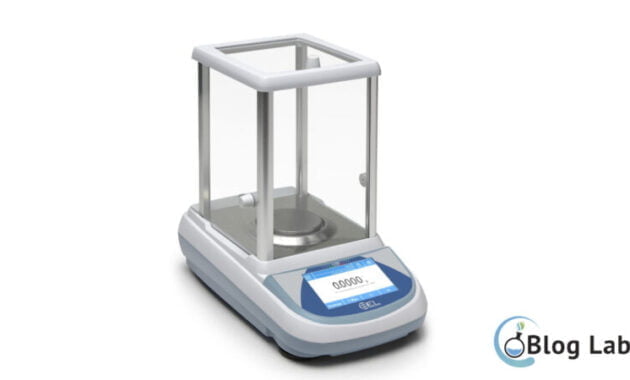
Timbangan analitik is a laboratory tool used to measure mass with high accuracy. The analytical scale consists of a plate used to put samples and a mass measuring mechanism used to measure the mass of the sample. Analytic scales use Newton's principle of law of gravity to measure mass.
The analytical scales are used in various laboratory processes, such as measuring the mass of zat- chemicals, measuring the mass of samples in chemical analysis, and measuring the mass of zat-solid matter in prelude. Analytic scales are also used in qualitative and quantity analysis of zat- chemicals.
Analytic scales can be distinguished into some kind of appropriate levels of accuracy, such as high-resolution analytical scales, analytical scales with high accuracy, and analytic scales with a low level of error. Analytic scales can also be distinguished into some kind based on the way they measure, like mechanical analytical scales, electronic analytical scales, and automatic analytical scales.
In the use of analytic scales, it's important to make sure that the analytic scales are clean and free of contaminants before being used to ensure measurement accuracy. It's also important to pay attention to the proper calibration procedures and make sure that the analytical scales are checked and fixed regularly to ensure high measurement accuracy.
Now that's some sort of lab tools and its functions that are often used in the lab, but other than the tools above, there are many other tools that are not mentioned above, if mentioned all of them will be long.
